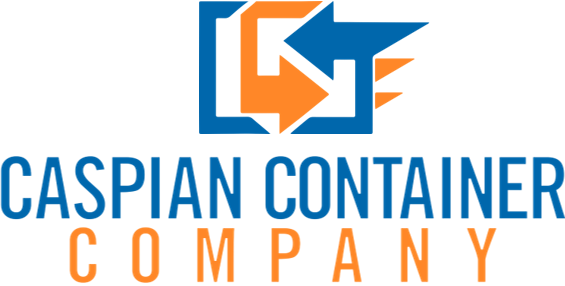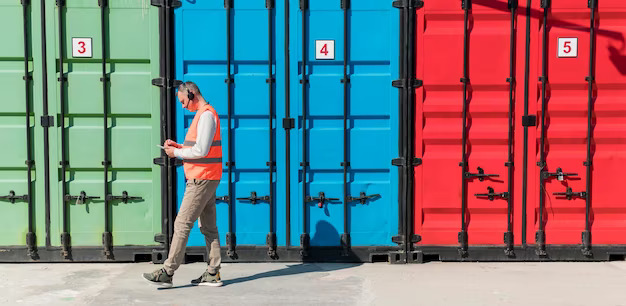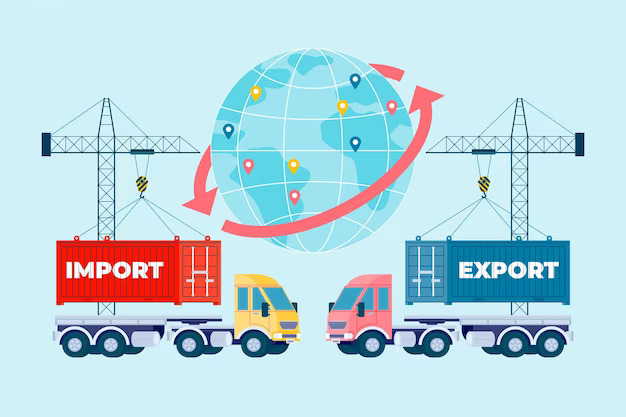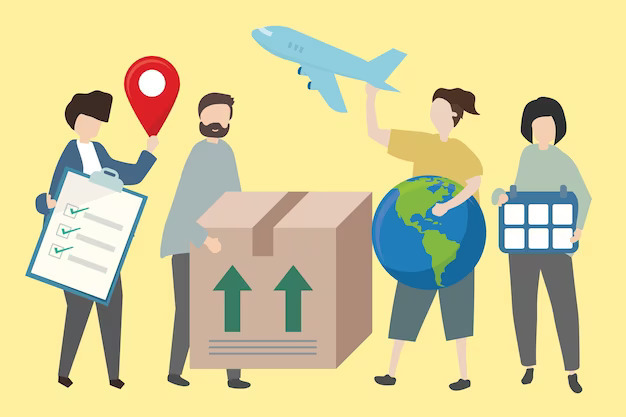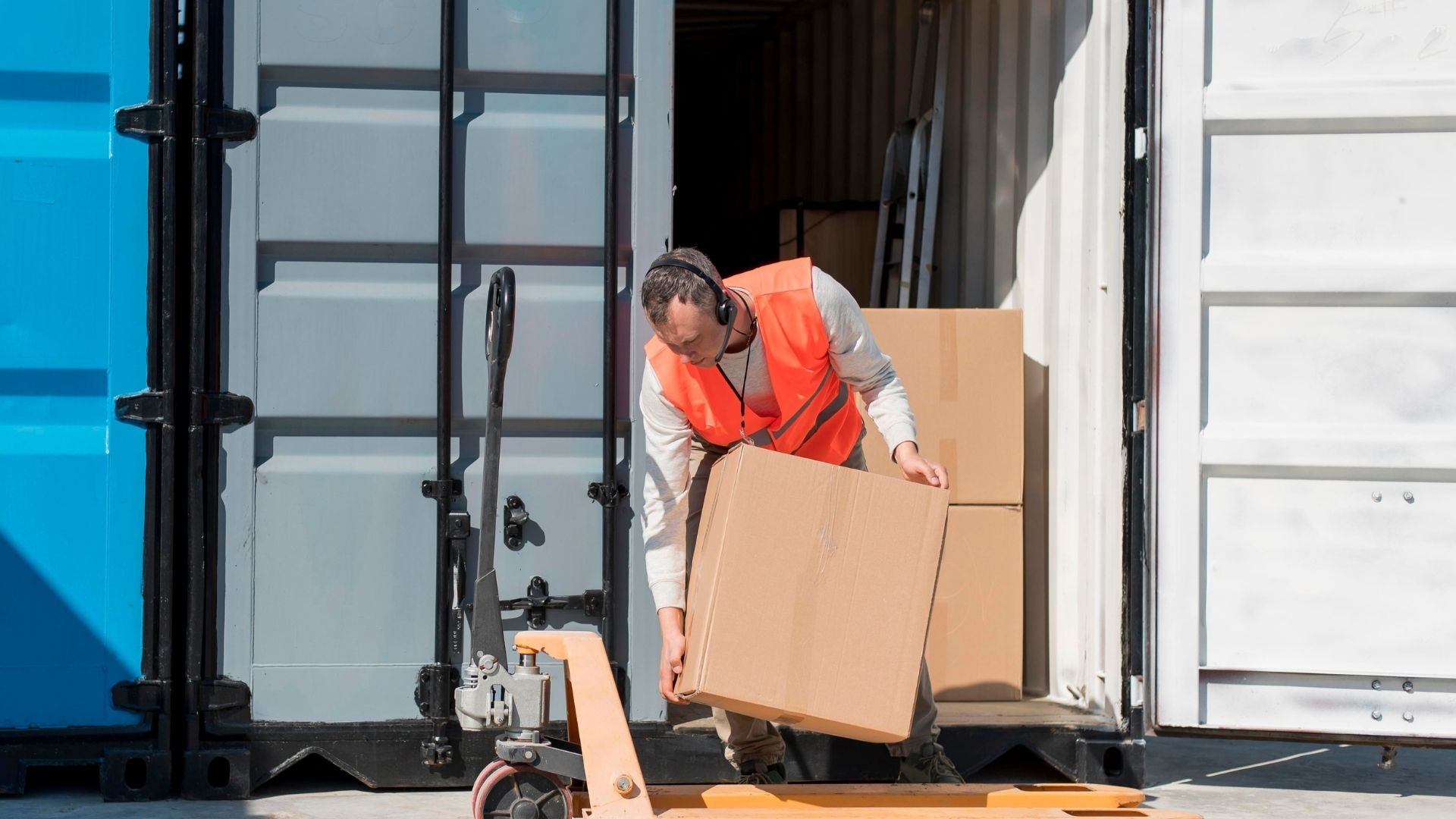With the rise of online shopping, the demand for fast shipping is growing dramatically. Earlier, people used to wait for one to two weeks to get their delivery. Now, they want everything at their doorstep within hours or in a day or two. Technology also plays a pivotal role in streamlining logistics operations.
E-commerce businesses saw a boom in at-home deliveries in 2021. U.S. e-commerce retail sales reached $250 billion by the end of the third quarter of 2022, an increase of 10% over the same period in 2021. As we step forward, the demand for fast shipping is going to increase only.
The delivery industry is growing rapidly. Companies are making significant moves to meet changing customer expectations. Let's examine key developments, innovations, and trends that indicate how last-mile delivery is making groundbreaking progress.
Logistics operation management tools
When it comes to express shipping, tools like Logistics Explorer, Container Tracking, and Ship Schedule can streamline supply chain operations. Many freight forwarding companies are trying to leverage this technology to boost fast delivery services.
With the ability to manage and optimize every process within just a few clicks, these tools and software are helpful for enhancing the efficiency of logistical processes, promoting last-mile deliveries, and significantly reducing delivery times. From scheduling shipments to real-time tracking of containers, a freight forwarding company and its customers can keep an eye on their belongings from any corner of the world.
Smart and decentralized warehouses
Decentralizing the way you manage inventory allows you to keep goods closer to your customers and speed up transportation. Companies can locate small warehouses in different areas of cities. They can use existing client's information to determine the best locations for these facilities. Also, warehouses are becoming smarter with the integration of IoT devices, RFID technology, and automation.
Real-time tracking technology
The delivery sector is starting to adopt real-time monitoring technologies as a major trend. By giving continuous information on the delivery process, businesses develop client confidence. Companies that use cutting-edge technology to optimize their global freight shipping services provide customers with greater control over their deliveries.
Businesses use real-time tracking to streamline routes, speed up deliveries, and increase productivity. For instance, Amazon Logistics provides real-time tracking so that customers can follow their shipments all the way through.
Green shipping
Green shipping is not a fad. Rather, it is a long-lasting trend. Additionally, not just governments and international authorities are advocating for a shift toward sustainability. But, customers today expect greater levels of social responsibility from businesses.
As environmental concerns grow, sustainable shipping practices are becoming imperative. From eco-friendly packaging materials to low-emission transportation options, the industry is focusing on reducing its carbon footprint. Sea cargo with zero-carbon emissions ships is an example of green shipping.
Autonomous vehicles
One of the most significant impacts of autonomous vehicles on fast shipping is on long-haul trucking. Beyond the skies, the roads are also witnessing a transformation with these innovations and trends. Self-driving trucks and vans are being developed to handle long-haul journeys, optimizing routes and minimizing human error. It helps accelerate the shipping process.
Other technologies and trends:
Traditional delivery methods are susceptible to human errors. It has been seen multiple times that the packages get delivered to the wrong addresses or lost in transit. The potential fixes for these issues affecting fast delivery include blockchain, AR and VR, and smart contracts.
AR and VR technologies are enhancing various aspects of shipping, from optimizing warehouse layouts to assisting in driver navigation. Using blockchain technology, businesses can precisely trace the goods movement, lowering the risk of theft or mistakes throughout the delivery process. Leveraging big data and AI, companies can analyze demand patterns and optimize their inventory management. It ensures that products are stocked closer to delivery locations, enabling quick deliveries.
Benefits of Fast Shipping:
1. Enhanced Customer Satisfaction: Fast shipping times lead to happier customers, resulting in increased loyalty and repeat business.
2. Reduced Costs: It streamlines processes and optimizes supply chains, leading to reduced operational costs for companies.
3. Global Accessibility: Remote areas can gain better access to goods, which can help bridge economic gaps.
4. Economic Growth: The shipping industry can stimulate economic growth by creating jobs and promoting innovation.
In Final Words
Innovation and new trends are driving a dramatic revolution in the world of fast shipping. These innovations, ranging from cutting-edge ideas like hyperloop transportation to blockchain, are collectively defining a new era of shipping. Despite ongoing difficulties, there are significant potential advantages in customer happiness, cost savings, and accessibility.
Technology is transforming the way we send and receive goods throughout the world. No matter the form of transportation, technology is helping logistics businesses with fast shipping, one-day delivery, and more. These trends are just the tip of the iceberg. There are many more to come in the future. The logistics industry will see a dramatic shift in the way it trades goods with the advent of advanced technologies.
In today’s competitive world of e-commerce, delivery time is given utmost importance to stand out from your competitors. Businesses are looking for freight services that deliver goods the fastest way possible. If you are one of the players in the race, look for a international transport company that offers real-time tracking and express delivery services.

